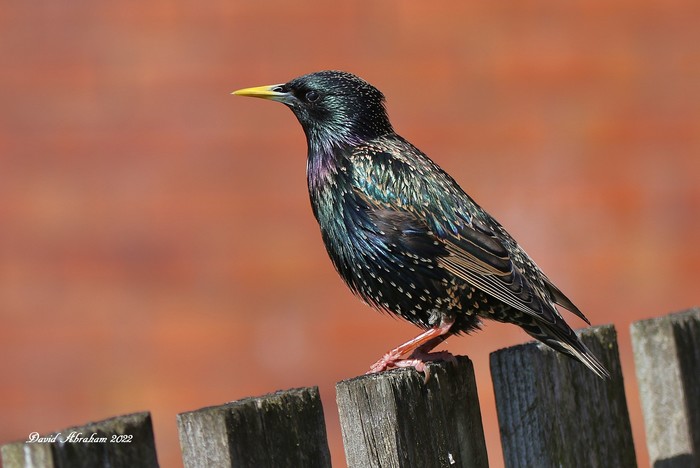Same Species, Different Rules: How Introduced Birds Adapt to New Worlds
New research shows that House Sparrows and Starlings behave differently in North America than in Europe, even though their overall ecological niches remain the same

Birds across continents
A massive international study comparing the ecology of two of the world’s most familiar birds – the European Starling (Sturnus vulgaris) and House Sparrow (Passer domesticus) – has revealed that although these species occupy the same environmental “niches” in Europe and North America, they respond to their surroundings in very different ways. The findings, published in *Diversity and Distributions*, suggest that species introduced to new continents may appear to live in the same habitats as in their native ranges, but behave differently within them.
The research team, led by Kristin P. Davis from Colorado State University, analysed over 400,000 bird observations gathered over 22 years from across 28 countries. By combining European and North American breeding bird surveys, the scientists compared how the two species’ abundance relates to climate and land cover on each continent. The results show that although both birds retained similar environmental boundaries – their niches were effectively stable – they responded differently to temperature, rainfall, and land use once established abroad.
Old niches, new behaviours
The idea of “niche conservatism” suggests that species maintain the same ecological requirements wherever they go. Yet this study challenges that simplicity. Starlings and sparrows occupied the same overall climate space in both continents, but within that space, their abundance varied with temperature and land cover in distinct ways. European Starlings showed a steeper relationship with temperature in Europe, while House Sparrows were more temperature-sensitive in North America. Both species were absent from wetter areas that they occupy in Europe, suggesting “niche unfilling” – suitable but unoccupied habitat.
These findings reveal that consistency in where species occur does not necessarily mean consistency in how they thrive. “Apparent stability in ecological limits can mask deep differences in environmental responses,” the authors explain. In other words, the boundaries of their niche may not move, but the birds’ success within those boundaries does.
Land use plays a key role
When it came to land cover, both species showed strong ties to human-dominated landscapes, but in opposite ways across continents. Starlings were more closely linked to mixed cropland and natural vegetation in Europe, while sparrows showed stronger ties to similar habitats in North America. Grassland had a stronger influence on sparrows in Europe, but little effect in North America. Urban areas, however, supported both species similarly on both continents – reflecting their shared adaptation to human settlement.
Overall, land use had a greater influence on the abundance of both species than climate did. The research highlights that even for highly adaptable birds, subtle differences in farming, urban design, and land management can shape population success more than temperature or rainfall.
Evolutionary echoes and new frontiers
The differences observed may reflect local adaptation, genetic variation, or behavioural flexibility. Previous studies have shown that both species have evolved measurable genetic and morphological differences between continents – for example, variation in plumage, wing shape, and cold tolerance. Despite being introduced to North America over 150 years ago, their populations continue to respond differently to environmental conditions there, hinting at evolution in action.
The study also underscores that non-native populations can expand, persist, or decline in unpredictable ways – not simply because of new climates, but because they interact differently with land use and human activity. That complexity poses a challenge for predicting how species will fare under climate change or as they invade new regions.
Lessons for conservation and prediction
The research calls for a more nuanced approach to ecological modelling. Most predictive models assume that species respond to their environments in consistent ways across geography. But this study shows that such assumptions can mislead – especially for introduced or expanding species. “Apparent niche conservatism at the range level doesn’t mean populations behave identically,” the authors note. “Understanding abundance patterns within shared environmental space is crucial for predicting invasion risk and climate sensitivity.”
For birds like the House Sparrow and European Starling – both declining in their native Europe but thriving in some non-native regions – these insights could help explain why conservation measures succeed in one place and fail in another. The same species, it seems, can follow very different rules depending on which continent they call home.
November 2025
Read the full paper here
Get Breaking Birdnews First
Get all the latest breaking bird news as it happens, download BirdAlertPRO for a 30-day free trial. No payment details required and get exclusive first-time subscriber offers.
Share this story







